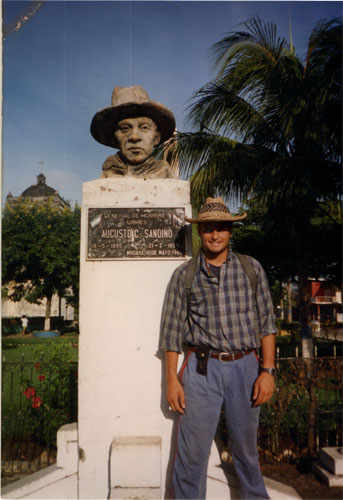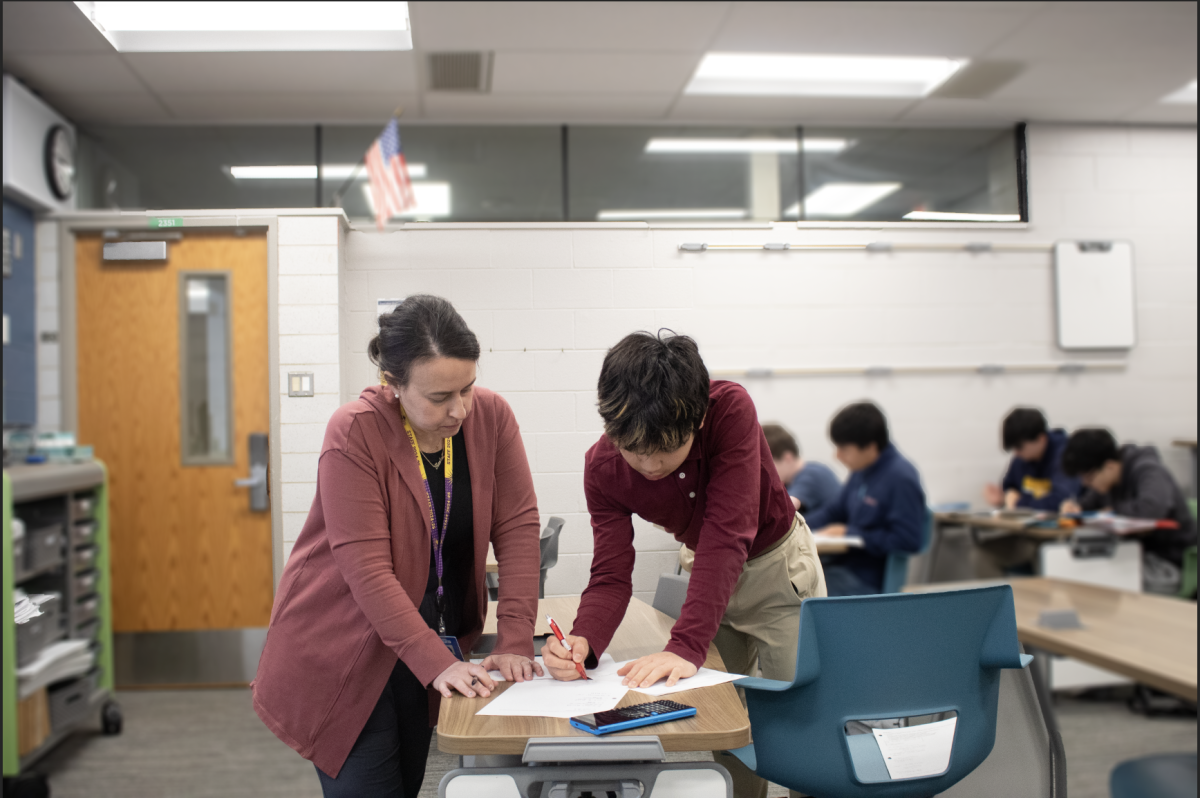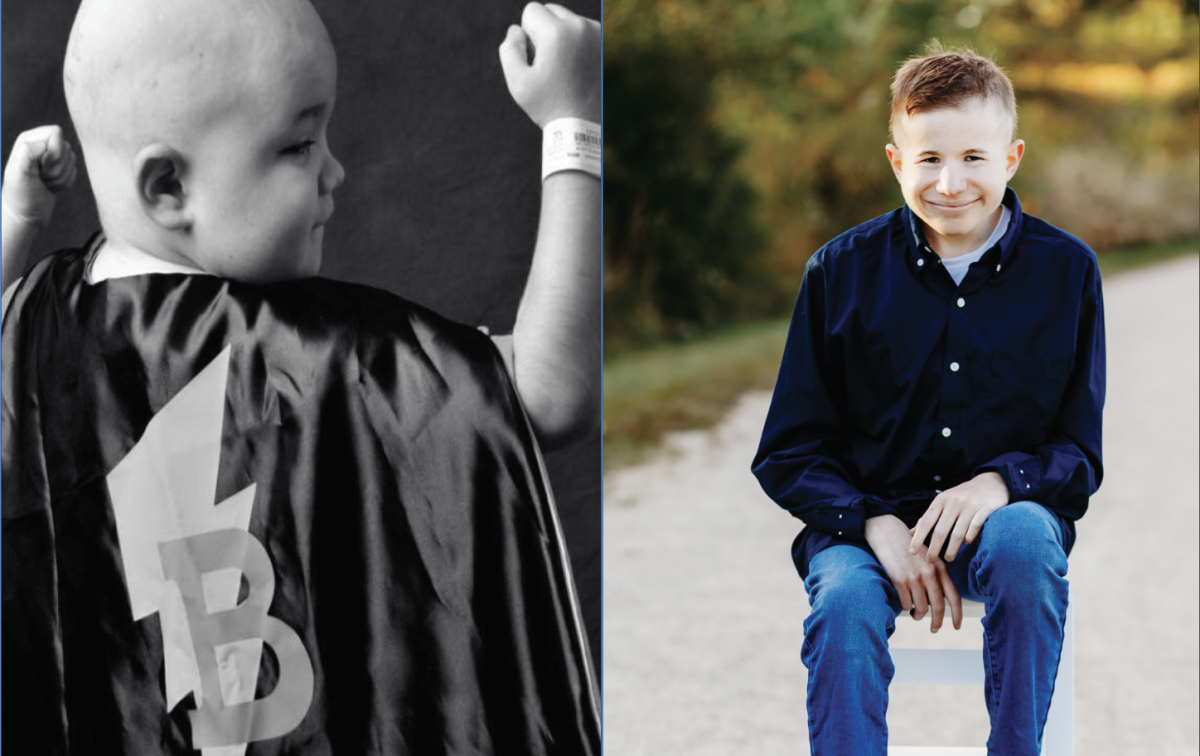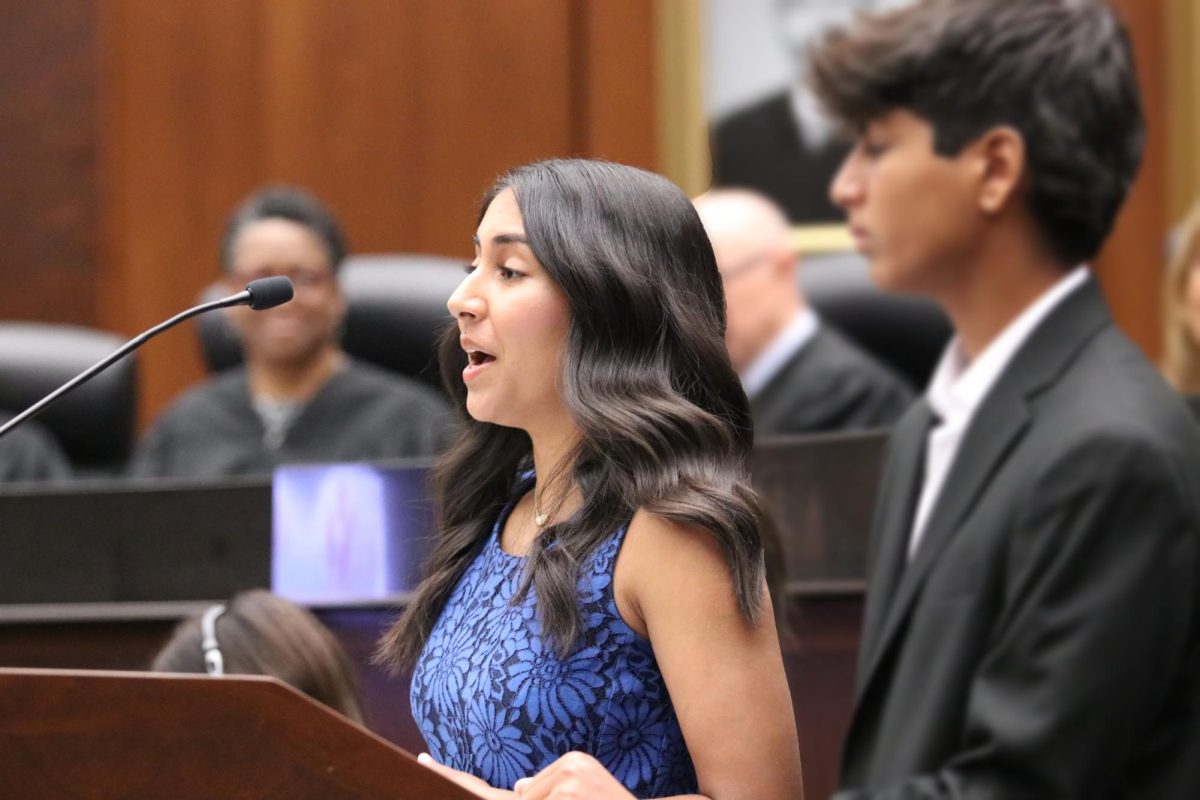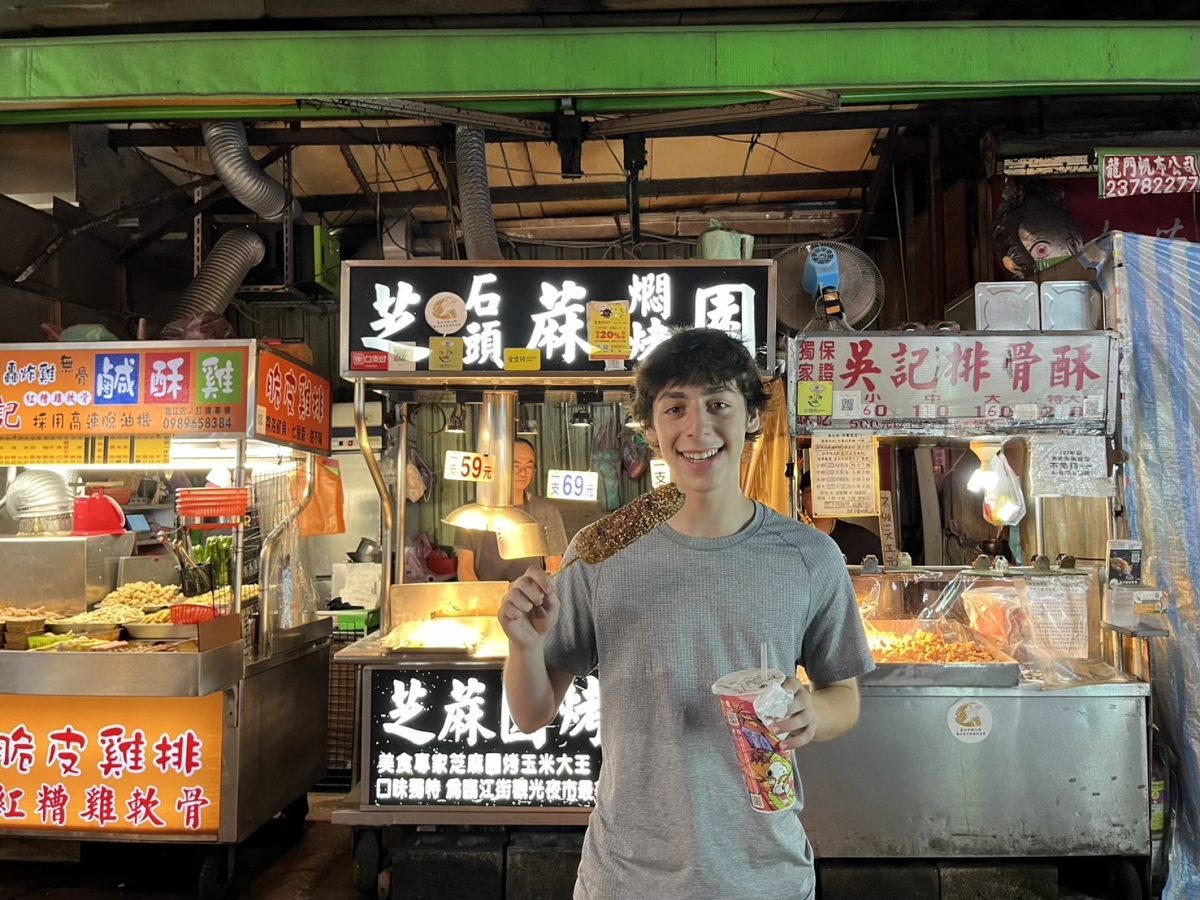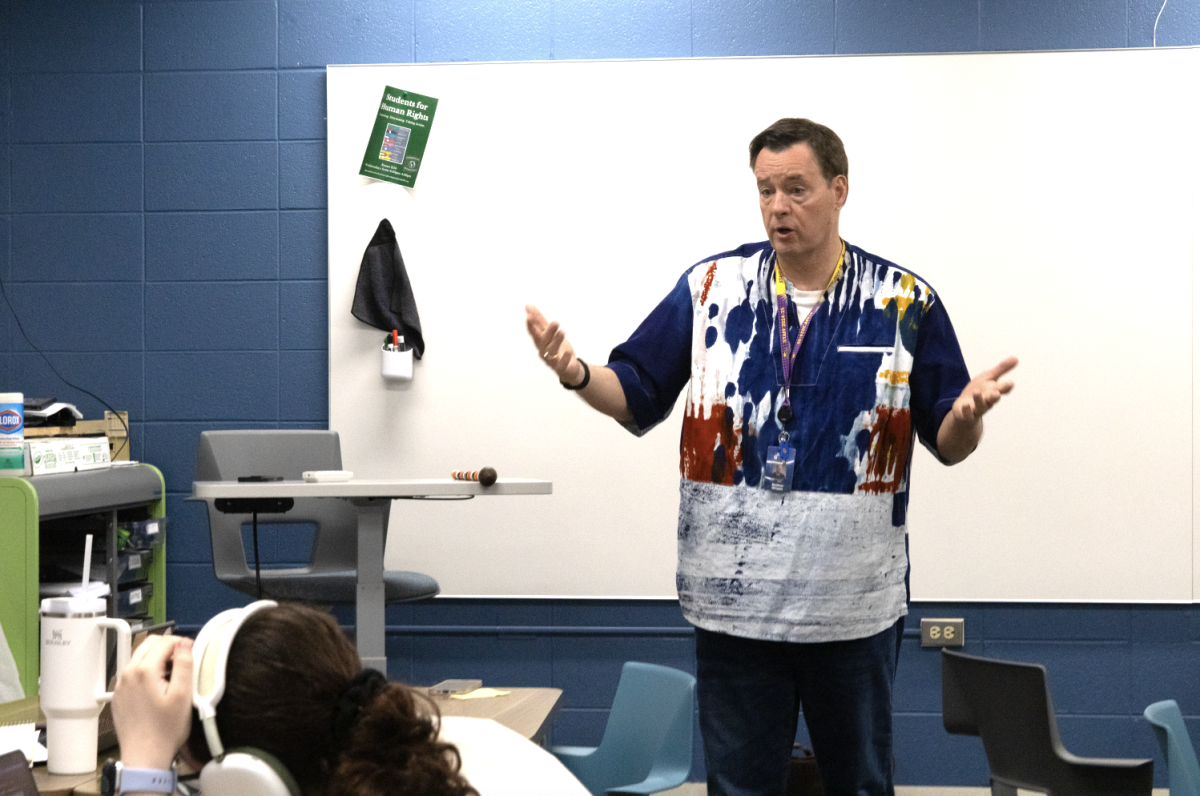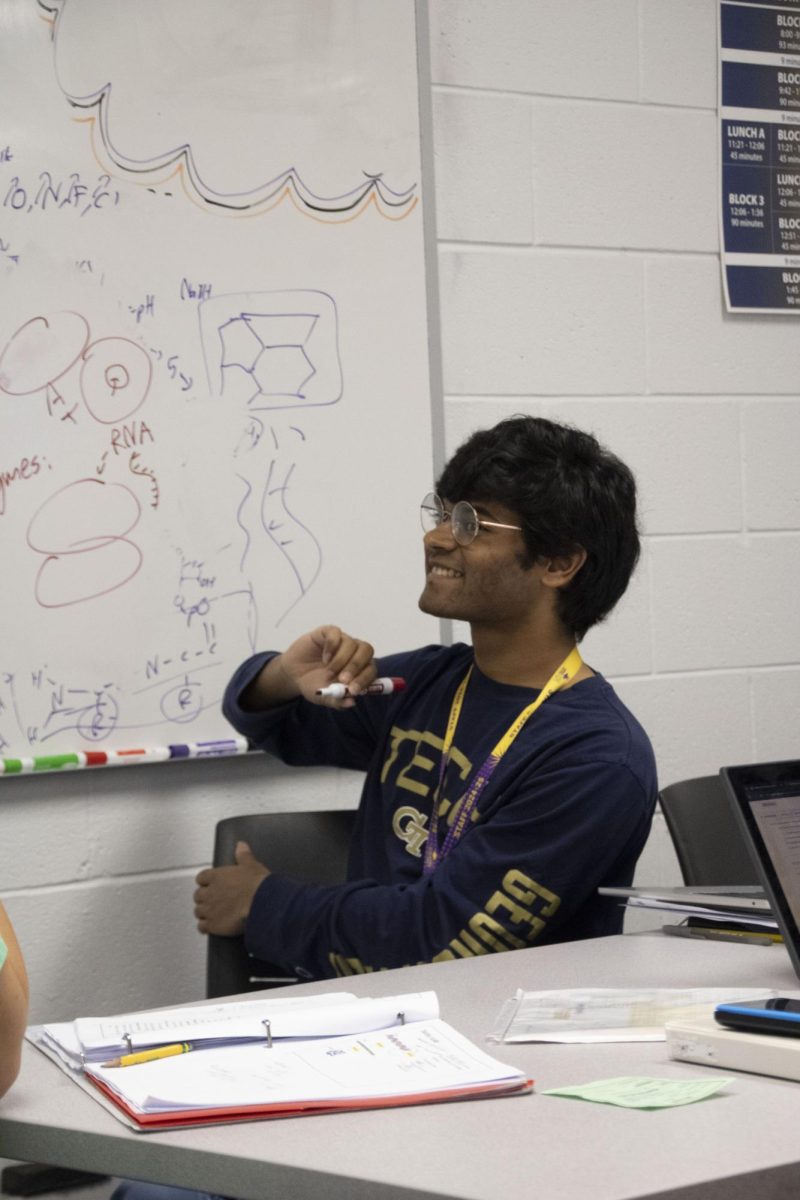Mexico: According to Zapler, a few months after returning from his first trip to Latin America, he returned with a college friend and drove from Tuscan to San Lucas. “We took a barge from Lapaz, Mexico over the Sea of Cortez and a Mexican truck driver threatened to kill and rob [my friend and I],” Zapler said. “They must have thought we had money because we were the only gringos on the boat. We got out of it by hiding.”
Costa Rica: “I spent most of my time in Costa Rica going to amazing natural sights,” Zapler said. “I watched turtle eggs hatch on the East Coast, visited cloud forests, and visited tropical rainforests on the West Coast. […] Going to a place that’s difficult to be in, and the fact that I was [in Latin America] for so long, all alone, [gave me] a better sense of myself and a lot more confidence in everything I do now, [including teaching].”
Belize: Zapler broke his ankle playing basketball on Ambergris Caye, a small island off the coast of Belize.
Honduras: According to Zapler, the bad weather he faced while climbing La Tigra, a mountain in Honduras, caused him to be stuck on the mountain for four days. “There was nothing to eat, so for those four days all I ate was [the peanut butter I recieved randomly as a gift the day before],” Zapler said. “So basically it saved my life.”
Guatemala: Zapler lived with the Maya for two to three months in the western highlands.
El Salvador:
According to Zapler, being in El Salvador was scary because the war had just ended and the country was in ruins. “There was a ton of crime and it was really violent,” Zapler said.
Nicaragua: According to Zapler, he enjoyed living in the poor countries he visited. In his opinion, poor people everywhere live differently, but the rich are all alike.
———————————————————————————————————————————
WHEN HE TRAVELED: Zapler was 21 years old and had just finished college.
WHERE HE TRAVELED: All throughout Latin America, specifically Belize for two weeks, Guatemala for three months, El Salvador for two weeks, Honduras for one month, Nicaragua for two weeks and Costa Rica for three weeks.
HOW LONG HE TRAVELED: Six months traveling around Latin America and a month in Mexico a few months after his first trip.
WHY HE WENT: “I was looking to put real life experiences to my education, […] which was in political science with a focus on Latin America,” Zapler said. “So it was an incredible high to experience events and places that I had only previously read about or saw pictures of.”
WHO HE WENT WITH: Throughout the six months, Zapler traveled by himself. “There is more freedom and adventure when traveling alone,” Zapler said.
HOW HE BRINGS THESE EXPERIENCES INTO THE CLASSROOM: “There’s a difference between telling somebody something you read and telling them something you experienced,” Zapler said. “It gives people a lot more credibility in what they’re saying.”
HOW HIS TRAVELS HAVE AFFECTED HIM: “My travels were the most important event in my adult life,” Zapler said. “ They challenged me on all levels: physically, mentally, emotionally, spiritually. etc. Once I returned I had a new sense of personal confidence and a completely new way to see the world and my role in it.”
HIS EVERYDAY LIFE IN LATIN AMERICA: According to Zapler, traveling on the cheap is the best way to experience a country like the people of that country. “If you spend a lot of money, you tend to recreate the United States in a foreign land,” Zapler said. “I don’t remember ever meeting someone with money [in Latin America] […] Places to stay were about a dollar a day, and a meal was about 50 cents to a dollar, so I lived on about four dollars a day.”
HOW STUDENTS HAVE BEEN AFFECTED: Sophomore Sabrina Palmer feels that Zapler’s experiences in Latin America have made him a better teacher. According to Palmer, he’s not just reading out of the textbook, but he knows the material because he has seen and gone through it first hand. Sophomores Austin St. George and Michael Cymbalisty think his experiences make the class more interesting.
HIS FAVORITE PART: “Being able to see how different cultures solve their problems and having a sense that I was going to places and talking to people that have never been seen or talked to by gringos [was my favorite part of the trip],” Zapler said.


